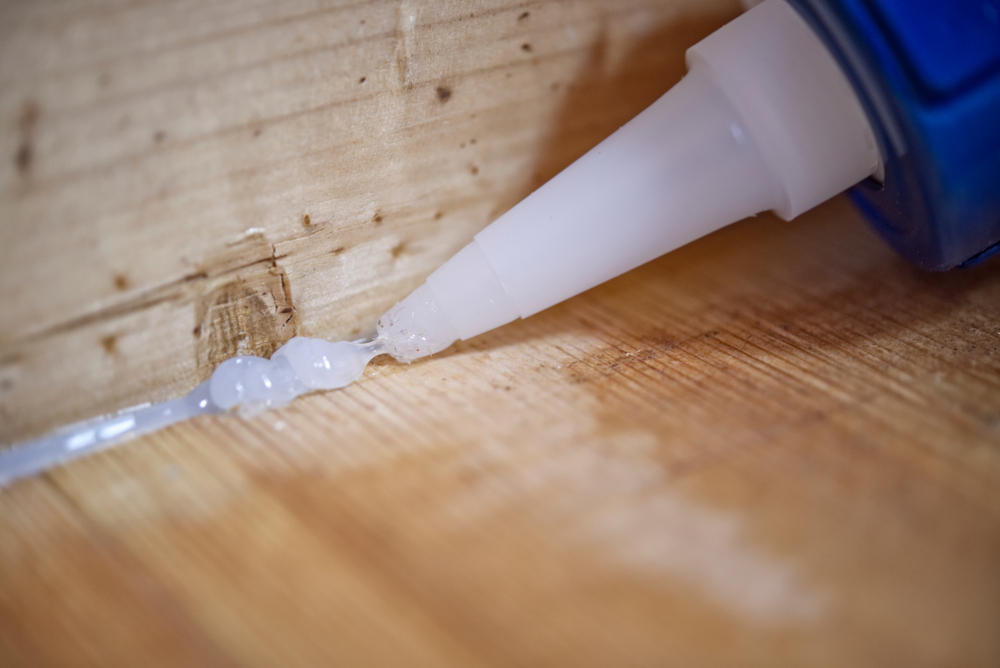
Who doesn’t want to reduce energy costs? Air leakage in the home is equivalent to energy loss, so you may see higher heating and cooling bills. By understanding, locating, and sealing air leaks in your home, you can save a lot of money. Read on to learn how to identify and fix air leaks in your home. Don’t forget, you can always call in the professionals with Valley Insulation for help.
What are quick methods to take care of air leaks in my home?
There are some signs that your home may be leaking air. The most obvious is higher energy costs. Compare your utility bills (gas and electricity bills) with the same period a year ago. Have your costs risen sharply this year? There may be new air leaks in your home.
Other signs of recent air leaks include rattling windows, hot and cold rooms, and even excessive dust.
Inspect windows and doors for leaks. If you can rattle your windows or doors, you might have possible air leaks because movement means possible air leaking. Look at the outside of your windows and doors to see if any caulking is missing. Missing caulking can indicate air leaks.
Check your house for damage to siding, windows, and the roof.
How do I troubleshoot air leaks in my home?
Air leaks most often occur around doors and windows, on top of basement walls, fireplaces, recessed lights, duct vents, wiring holes on walls, and attic roof hatches.
Fortunately, there are three inexpensive ways to locate leaks of various sizes around these places.
Flashlight test. Wait until night, turn off all the lights in the room. Ask a friend or family member to come out and stand in front of where you think the leak is coming from. Then turn on the flashlight from the inside. If your friend can see the light coming in from the house, it may have some leaks.
Incense or toilet paper. Hold up an incense stick or one piece of toilet paper near a window, door, or suspected leaky air spot. Drafts and air movements will move the incense smoke or toilet paper in erratic directions.
Manual inspection. Expecting an extremely hot or cold day. Check all the seams in your home. Don’t forget the outside of the structure. For best results, moisten your hands with water to make it easier to feel the temperature change. If you can feel a drop or a sudden rise in temperature near the joint, you may have noticed an air leak.
How do I seal air leaks?
Don’t worry, there is a sealing solution for every leak! Once you find out where the air is leaking in your home, take action.
Check out these quick tips for air leaks in sealed homes.
Windows and doors. Use caulk and weather strips. Depending on the position and shape of the window or door frame opening, you can choose weather strips, felt, foam, rubber, and metal weather strips. Use a caulking gun on small areas. For less durable options, try using rope putty.
Attic and crawl space. This is a tough task, but you need to properly insulate the attic and crawl space. A simple diagnostic tool is a ruler. If your insulation is shorter than 10 inches, fill it with a layer of cellulose insulation. Better yet, invest in home insulation from Valley Insulation. And, of course, wrap the tubing to any HVAC plumbing.
Basement. To insulate the large space (half an inch or more) between the house frame and the foundation, try a can of polyurethane insulation foam. The foam expands to firmly fill the large gaps. Fill in the small gaps with silicone or latex sealant. Always use heat-resistant caulk around the stove or water heater vents.
Who can help me fix air leaks in my home?
Need help with your home insulation? Valley Insulation has the answer! For further assistance or in-person consultation, call Valley Insulation in Ohio at 513-353-4100.
